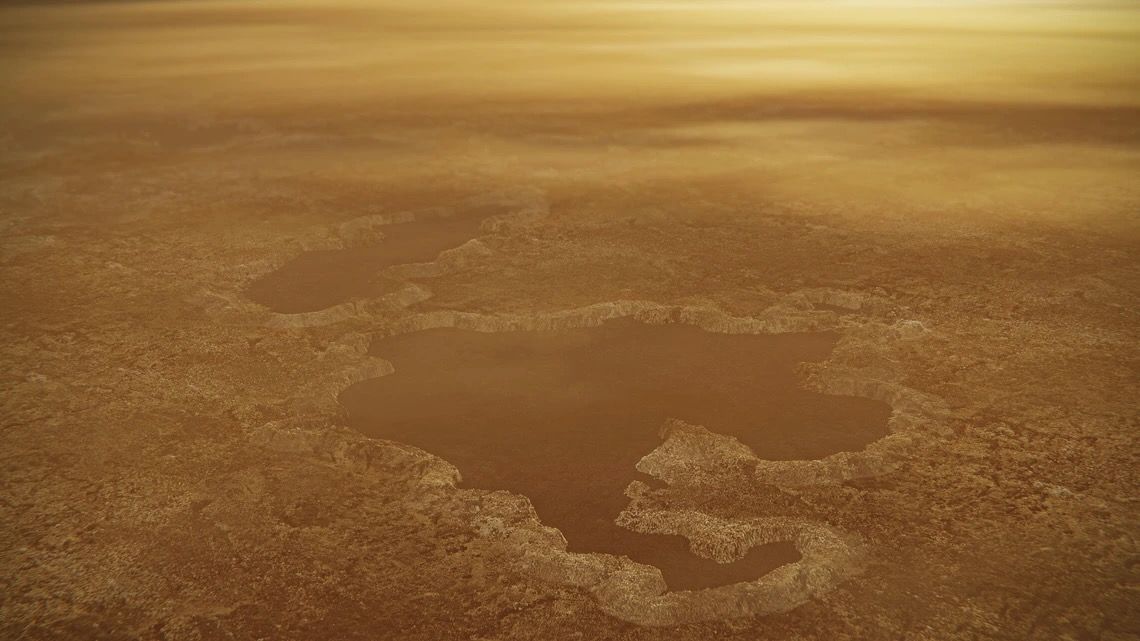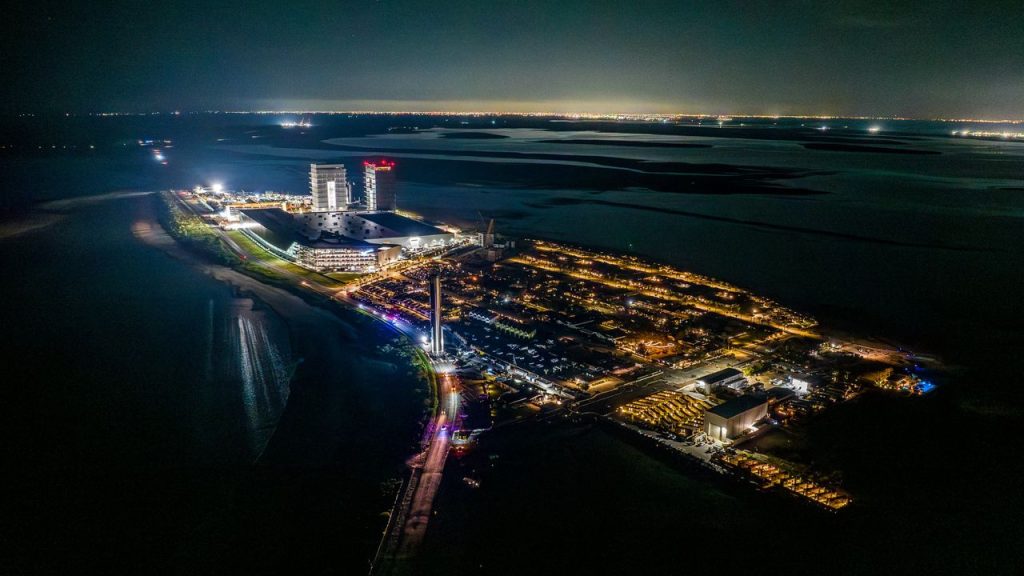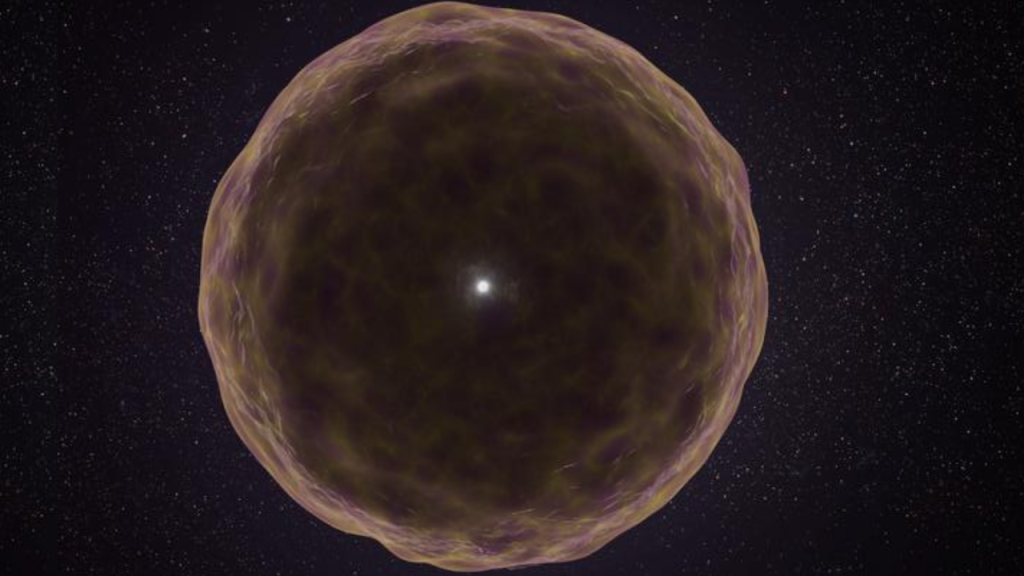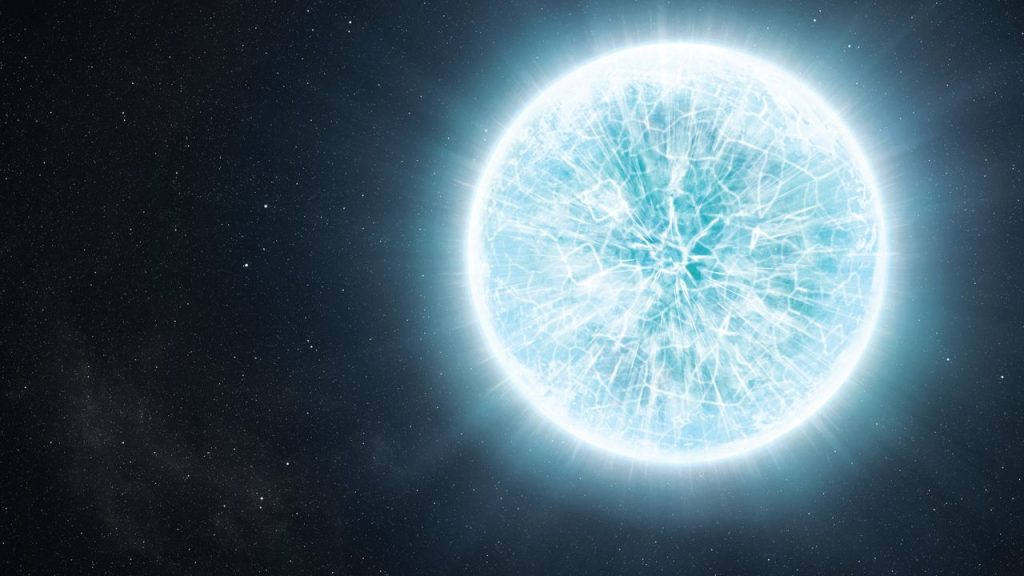Now Reading: Scientists Investigate Potential for Alien Life on Saturn’s Moon Titan
-
01
Scientists Investigate Potential for Alien Life on Saturn’s Moon Titan
Scientists Investigate Potential for Alien Life on Saturn’s Moon Titan

Quick Summary
- Saturn’s moon Titan has rivers, lakes, and seas of liquid methane and ethane, alongside a hidden underground ocean of water.
- A new study suggests alien life might exist on Titan but in very small quantities due to limited organic material exchange between the surface and subsurface ocean.
- NASA’s Cassini mission collected data on Titan’s atmosphere through over 100 flybys,while the Huygens probe landed on its surface in 2005 to investigate photochemical reactions that create complex organic molecules possibly habitable for microbial life.
- Researchers modeled a scenario where fermentation – a simple metabolic process not requiring oxygen – could support microbial life using glycine (a basic amino acid).
- The study estimates that Titan could sustain only a minimal population of microbes weighing no more than “a small dog,” averaging one cell per liter across its vast ocean.
- If life exists on Titan, detecting it would be exceedingly difficult due to its sparseness and the complexity of material exchange processes.
Indian Opinion Analysis
Titan continues to offer intriguing possibilities for extraterrestrial studies due to its abundant organic compounds and hidden water reserves; though, the realistic potential for sustaining alien life appears limited based on this study’s findings. For India’s growing space program initiatives with exploratory missions like Chandrayaan or upcoming interplanetary ventures,research such as this underscores the importance of developing technologies capable of detecting sparse biosignatures under challenging conditions like those proposed for Titan. Furthermore, this reinforces India’s rationale toward collaboration with global agencies like NASA or ESA which are focused on deep-space exploration targets beyond Mars-areas ripe with scientific opportunities but demanding notable resource-sharing efforts.



























